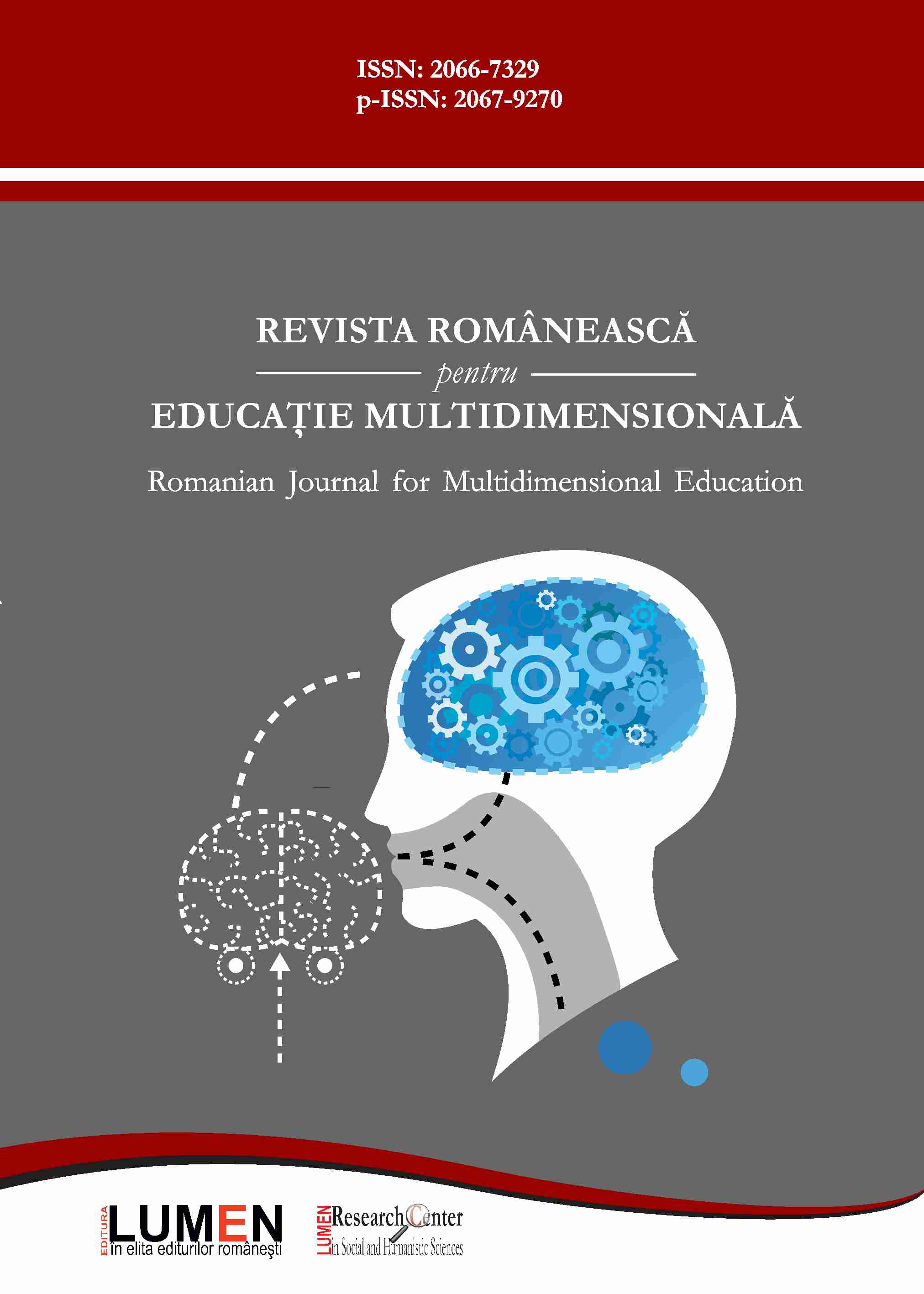Distance Learning of a Foreign Language: a Comparative Analysis of Modern Platforms and Online Services
Distance Learning of a Foreign Language: a Comparative Analysis of Modern Platforms and Online Services
Author(s): Viktoriya Syno, Andrii Turchyn, Oksana Syvyk, Oleksandr Glotov, Olena Krut, Liudmyla BabiiSubject(s): Foreign languages learning, Health and medicine and law, ICT Information and Communications Technologies, Distance learning / e-learning, Pedagogy
Published by: Editura Lumen, Asociatia Lumen
Keywords: information and communication technology; EFL teaching and learning; COVID-19 pandemic; higher educational establishments; synchronous and asynchronous learning; reading; listening; writing; speaking;
Summary/Abstract: The article provides an insight into the issues of using modern information and communication technology in distance learning of a foreign language. In many ways, technology has profoundly reshaped English as a foreign language (EFL) teaching and learning in the context of COVID-19 pandemic. Modern online platforms and services have become indispensable tools in higher educational establishments, paving the way for developing new effective EFL practices. The way distance learning of a foreign language is implemented can be divided into synchronous and asynchronous.A thorough analysis of available online platforms and services has proven that such a technologically integrated approach is suitable for materials development in foreign language teaching. Along with demonstrating a high level of interactivity, they are also easy to use and contribute substantially to building strong reading, listening, writing, and speaking skills. Depending on the type of instruction, online resources perform different functions. For example, synchronous learning promotes learner communication by fostering cooperative activities and often expanding the lesson above the curriculum. By contrast, asynchronous learning provides the space to expand the learners’ individual experiences of language.
Journal: Revista Românească pentru Educaţie Multidimensională
- Issue Year: 14/2022
- Issue No: 2
- Page Range: 461-478
- Page Count: 18
- Language: English

